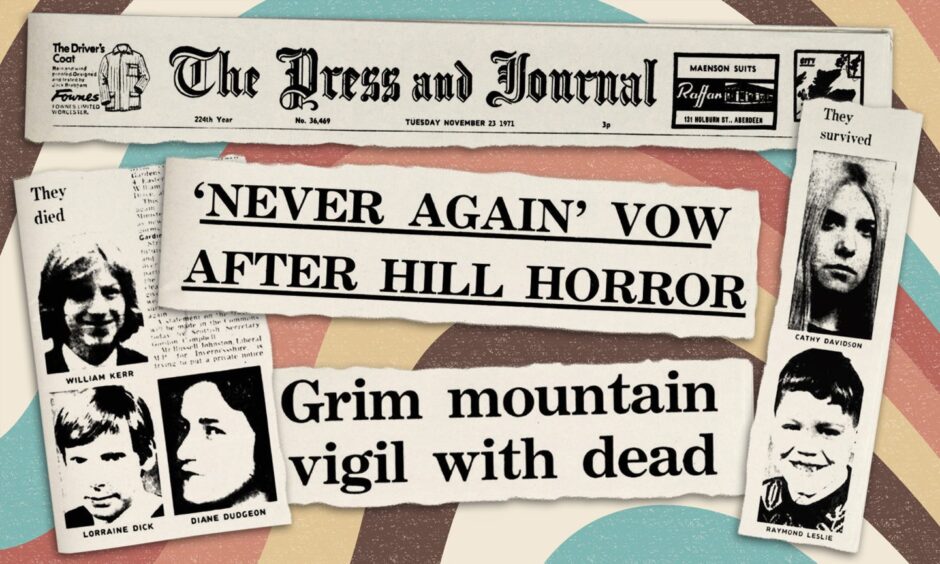
There was very little else on the front page of The P&J in 1971.
Readers were waking up to latest news of the most terrible accident on Cairngorm Plateau at the weekend.
The bodies of five teenagers and their young teacher had been left to rest in a hut on the mountain, having been found dead in deep snow drifts.
Only two of the party of eight who had embarked on a two-day excursion from the Lagganlia Outdoor Centre had survived.
Edinburgh school party lost
The party was from Ainslie Park High school in Edinburgh.
Raymond Leslie, Susan Byrne, Lorraine Dick, William Kerr and Diane Dudgeon, all aged 15, and Carol Bertram, 16, and those in charge of their safety – Catherine Davidson, a 21-year-old student at Dunfermline College of Physical Education in Fife and 18-year-old trainee instructor Sheila Sutherland.

Catherine and Raymond, who was 15, were the only two survivors of the 19 hour ordeal, and had been taken to Raigmore Hospital suffering from severe exposure, hypothermia and frostbite.
Although the excursion was well-equipped, the young instructors had no experience of how conditions can rapidly change and engulf even the most seasoned of mountain climbers.
The alarm had been raised when the party had failed to return to Lagganlia on the Sunday night.
The P&J gave details of the search which involved three helicopters, 60 mountaineers and four dogs.
Leader of the party found
By mid-morning the leader of the party had been found alive.
Shortly after midday the rest of the party had been found buried in the snow, only a few hundred yards from the bothy they’d been aiming for.
A doctor was flown to the scene, but he found that all but one were dead.
It began to emerge how bad conditions were to get the doctor, Neil MacDonald of Aviemore, and rescue teams to the spot.
Rescuers battled Arctic conditions
“With rescuers, he began the grim vigil 3,500ft above sea level as helicopter crews battled to penetrate low cloud before darkness fell” The P&J reported.
“Extensive rock outcrops made it difficult for the mountaineers to carry the survivor father down the mountain, but in the final resort they succeeded in bringing their casualty to an accessible spot for the helicopter.

“With daylight rapidly dwindling, the rescuers were unable to bring the bodies of the victims down the mountain and they were transferred to a nearby bothy to await recovery this morning.”
The helicopter which picked up Raymond Leslie was piloted by Sub Lt Philip Shaw, who said they tried 10 times to penetrate the mountains.
On the point of giving up
“We had virtually decided to give up when we heard someone had been spotted,” he said.
They then took aboard – even this must have been colossally dangerous- a member of RAF Kinloss Mountain Rescue Team to guide them through the corries to the plateau at the summit of Cairngorm where the foot rescuers had taken by stretcher.
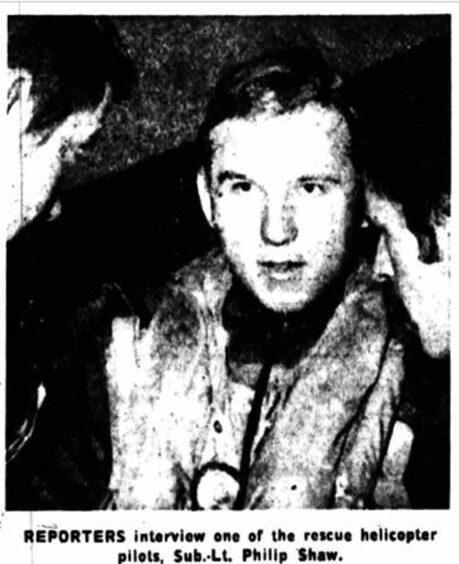
Sub Lt Shaw said: “We found a small ledge at 3,000ft up after being more or less talked up the face of the Cairngorms by the mountain rescue man.
“He seemed to know the place like the back of his hand.”
There was a 2,000 ft sheer drop into a loch on one side of the ledge, and the team did not know what was behind them, as the view was cut off by cloud.
“The crew, who said they had never flown in worse conditions then watched in disbelief when their passenger started climbing the mountain, firing alternate red and green flares as he went” reported The P&J.
“A rescue team then appeared from nowhere, with Raymond strapped to a stretcher, still in his sleeping bag, and heaped with blankets.
“The Navy aircrew lifted their helicopter to another precarious perch to pick up the survivor.
“The pilot said: “ The men who did the real job were the mountain rescue lads. They were quite fantastic.
“Most had been up all the previous night and we left them perched there not knowing when or how they would get down.”
Meanwhile North Eastern Counties Constabulary, as it was then known, had the grim task of having to get the bodies off the mountain.

It was hoped to airlift the bodies of the six dead by helicopter at first light that day and fly them to the Princess Royal Park, Braemar, and thence to the Aberdeen mortuary.
“But if weather conditions were too bad they would probably be taken down by track vehicles to Braemar and by road to Aberdeen,” the police spokesman said.
Assistant chief constable Tom Sorley, Inverness, said from the rescue headquarters: “We are shocked by this unnecessary loss of life in this incident because conditions were atrocious during the weekend.
“When such young lives are involved it is a real tragedy.”
A full look back at the tragedy can be seen here:
The Cairngorms Plateau disaster claimed the lives of six youngsters and shocked Scotland
More from our On This Day series:
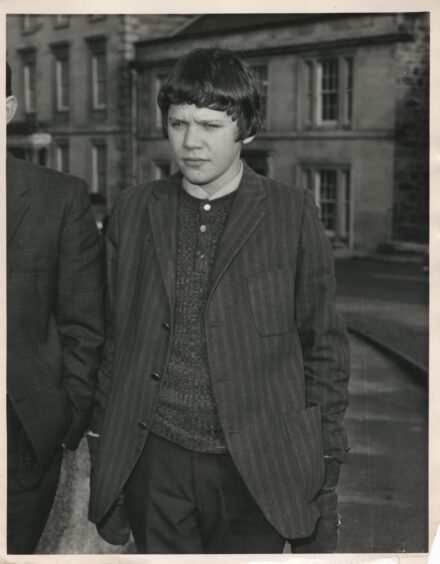


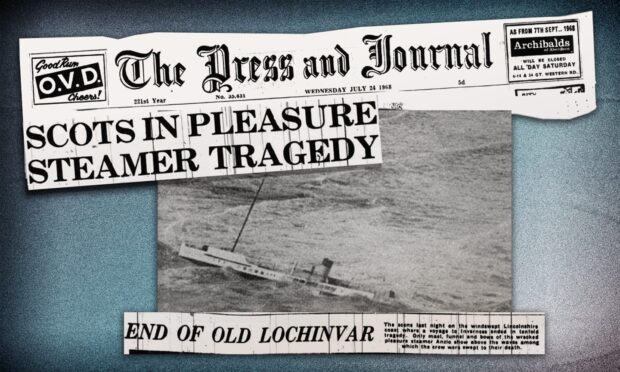
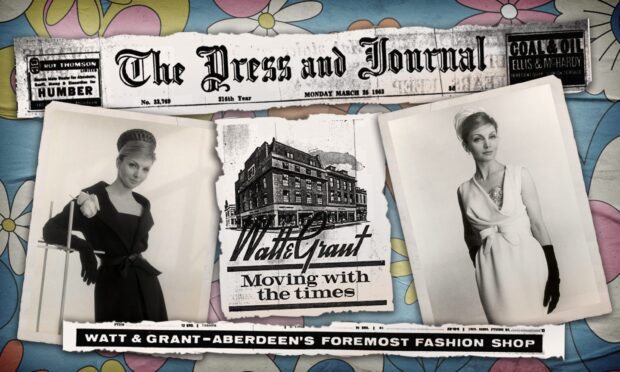
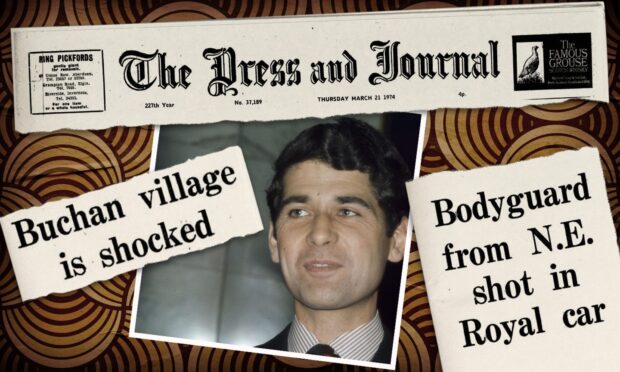
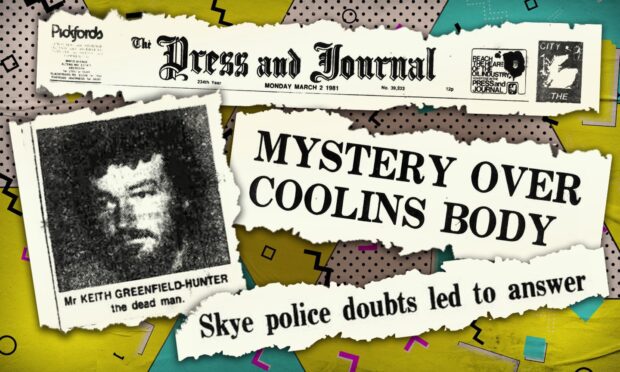
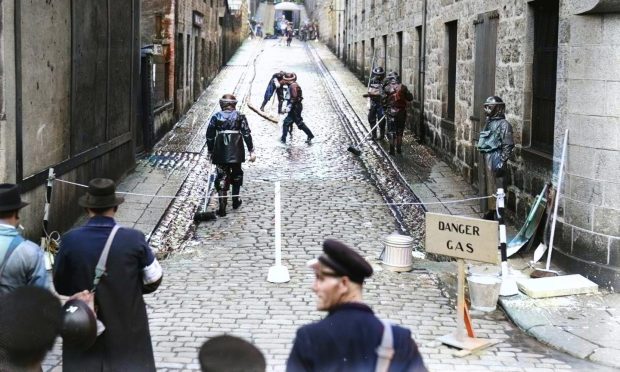

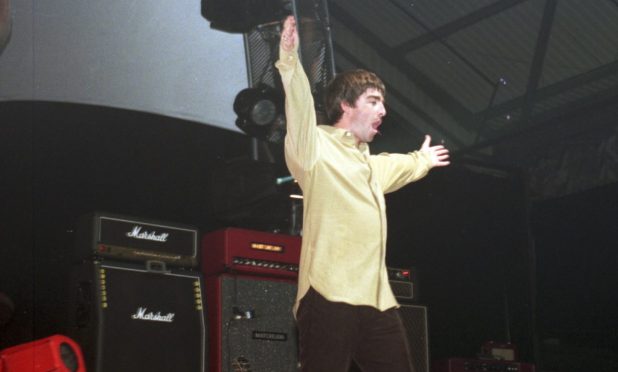
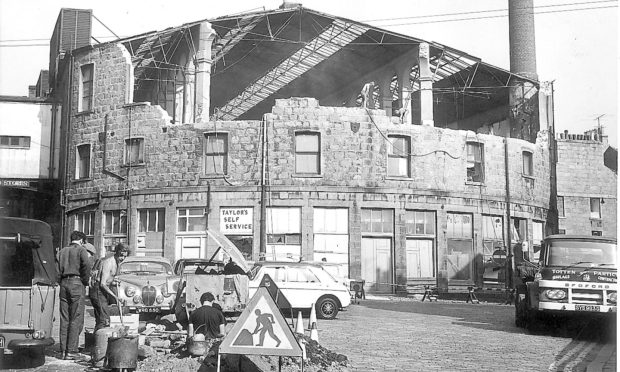
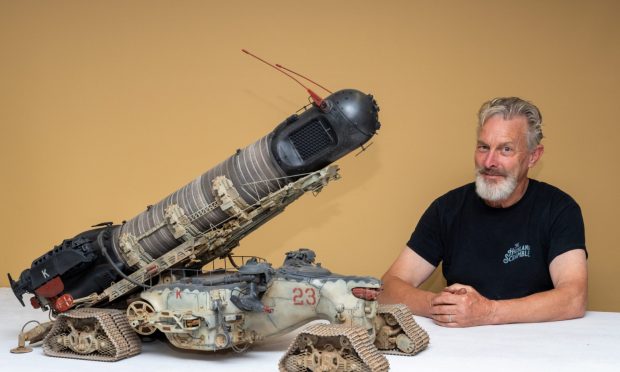
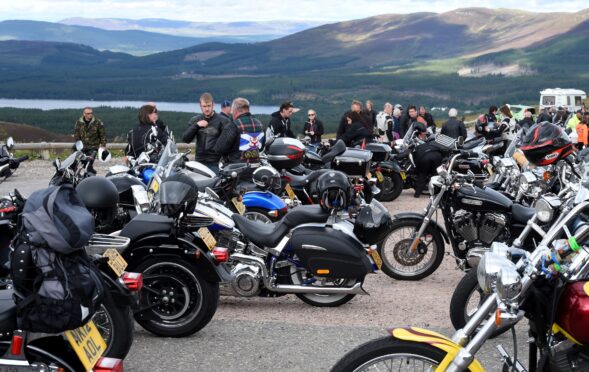
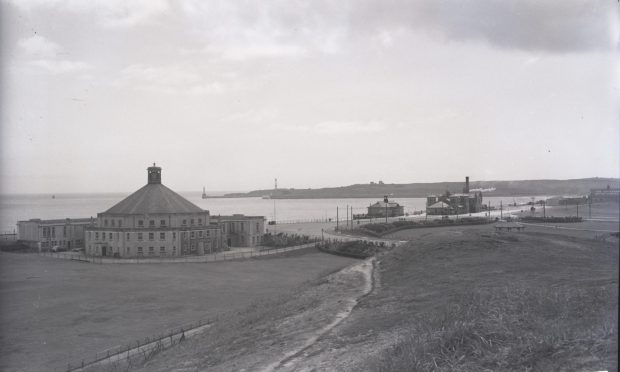
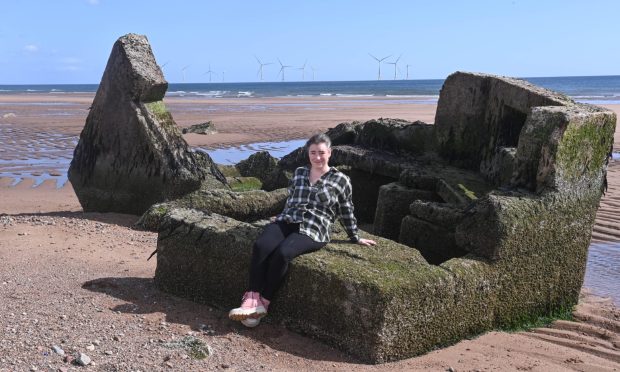
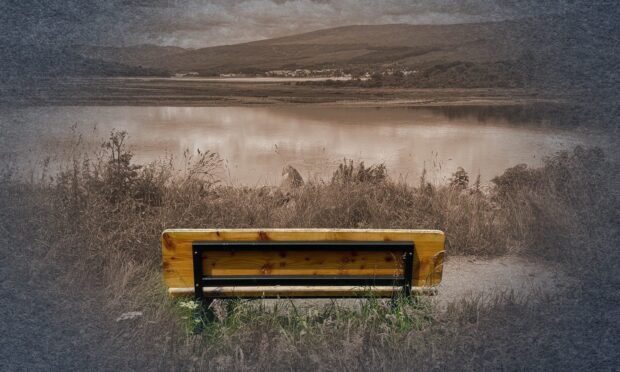
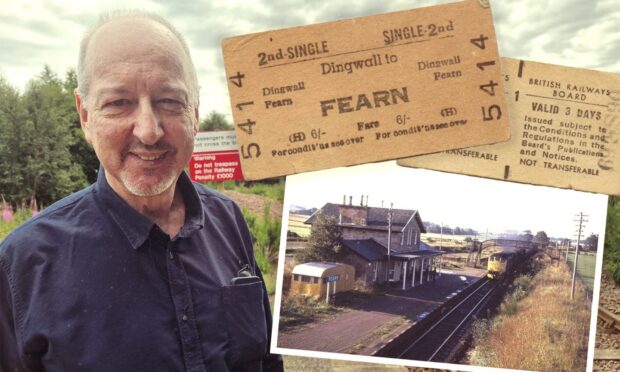
Conversation